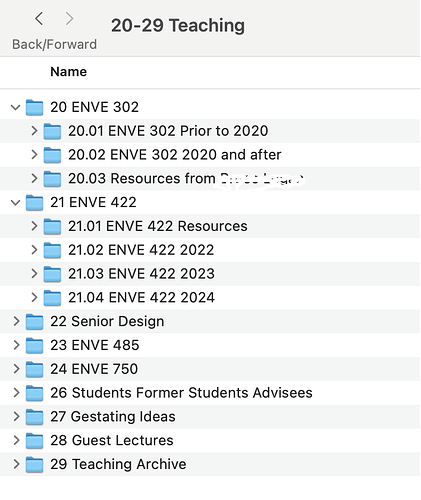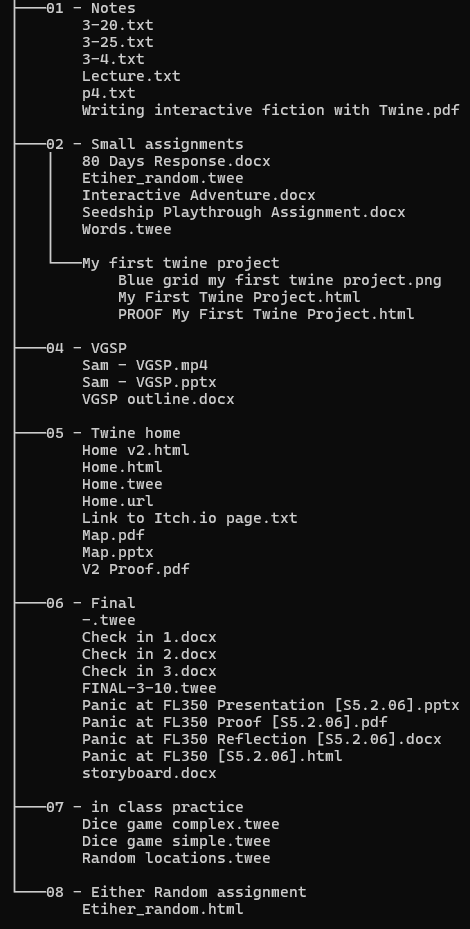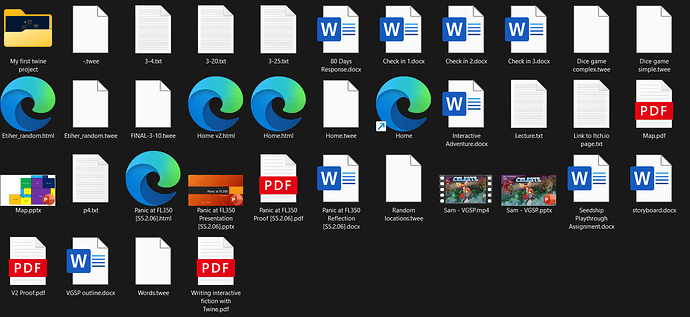There’s a long-running thread here discussing ‘the academic problem’. And plenty of mentions of the term in other threads.
The ‘default’ JD system doesn’t work well for those in academia. You have more than 10 of some things, e.g. courses.
So let’s figure out a solution that everyone can use. I’ll document it as the first standard Johnny.Decimal system.
I need your help, because this isn’t a problem that I have.
Step 1: define the problem
Before we get carried away solving a problem, let’s make sure we all know what it is we’re solving.
Here’s an overview of what’s already been discussed.
- @Al-Khwarizmi started it all and linked to an interesting graph, What does a Lecturer/Professor actually do?
- And noted that “academic duties are typically grouped in a quite natural way into either three categories (teaching, research and service, as in the drawing above) or four (teaching, research, service and admin).”
- And wondered “should research/teaching things be grouped by subject or by ‘kind of thing’? … Or is it better to have … the data, experiments, paper, reviews, etc. related to giraffes?”
- @ks84 followed up with details of their system, which uses an extended number format.
- @cidig posted another variant.
In a separate thread, @dan asked us to prevent him from using subfolders at uni.
@theTisch21 followed up with an amazing post detailing their SX.C.ID system.
So remember, we’re looking at this from both sides: as the teacher, and as the student. Are there any other perspectives?
I’ll tag @PhillyChuck, @LasTr, @jden, @trevortds as others likely interested.
Request: describe specific issues or requirements
So the request for the next week or so is for everyone to define, in this thread, their specific issues or requirements.
Tell us about the structure of your work. Why doesn’t it fit in to JD. What does it look like.
Be specific! This is the time for details.
In about a week – say Sunday 2nd June – I’ll consolidate these responses and we’ll move on to the next phase.
Try not to solve the problem yet!
We’re still in requirements-gathering phase.
Would a Zoom session be helpful?
I’m very open to hosting a Zoom session here, as long as it would be structured and helpful. I say let’s see how this goes for the next week, then make a decision.
Happy to hear your thoughts. Spam the thread!




